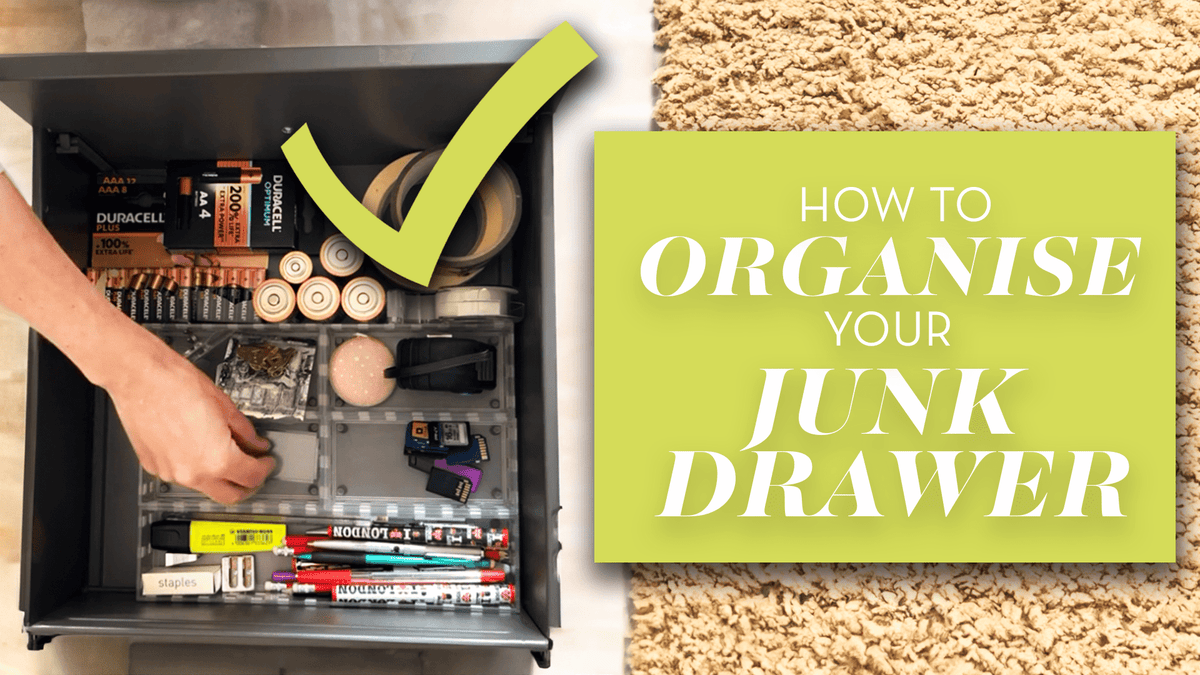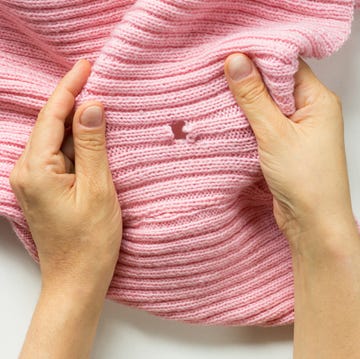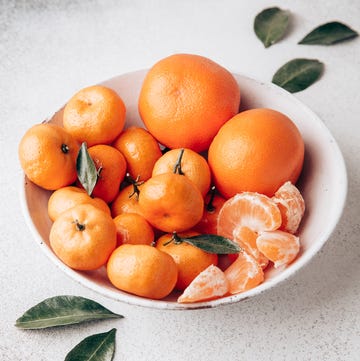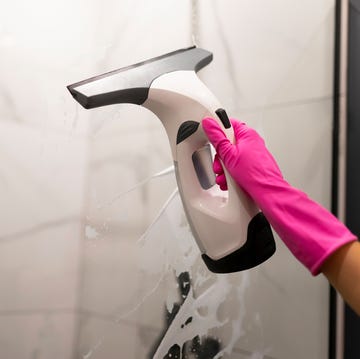Who doesn’t love a slow cooker at this time of year? It couldn’t be easier to use; soups, stews, curries and all kinds of recipes are simmered to perfection at the press of a button. A little patience goes a long way for flavour here.
Even though you’d think such an intuitive appliance would leave little room for error, there are still bad habits we can develop. At the very least, these can impact the quality of what you cook, and at worst, they can impair the lifespan of the slow cooker itself. We’ve pulled together seven bad habits to avoid, so you know what not to do.
1. Cooking things you shouldn’t
First of all, your slow cooker isn’t suitable for every ingredient. Lean meats, such as fillet steak and pork fillet, are a no-go because the slow cooker will toughen them into a rubbery consistency. Sinewy joints of meat are a much better option. Make sure you defrost your meat before you slow cook it, though, otherwise it could sit at a dangerous temperature level for too long, which encourages bacterial growth.
Delicate vegetables should be kept out of the pot until the very end of the process, otherwise they will turn to mush. This goes for peas and courgettes, too. Likewise, dairy should be held back until later in the cooking process, too, or it will separate. Wait until about 15 minutes before the dish is finished before adding.
Top slow cooker tips
11 THINGS YOU SHOULDN'T PUT IN THE SLOW COOKER
10 WAYS TO GET MORE FLAVOUR OUT OF YOUR SLOW COOKER
2. Overfilling
Considering how long recipes take to slow cook (up to 12 hours in some cases), it’s very tempting to cram as much into the pot as you can. But you must avoid this – overloading your slow cooker will result in uneven cooking and will put added strain on the appliance. On top of this, it will likely result in more mess to clean up after if it overspills. So it’s bad on all counts.
Fill your slow cooker ½ full at minimum to ¾ full at most. This gives the liquid room to rise and prevents both over- and undercooking. The liquid level should sit just above your ingredients.
If there’s never enough room in your slow cooker, it might be worth upgrading to one with a bigger capacity; check out the list of our best slow cookers for guidance. Slow cookers’ capacities range from 1.5 to 7 litres. 1.5 to 2.3 litres will suit a couple, while 4 to 4.5 litres suits up to 4 people. Larger 5.5 to 7 litre models are best for 4 to 6 people. Remember, you need to fill it at least ½ full with each use, so don’t get one larger than necessary.
GHI Tip: Slow cookers retain moisture, so reduce the liquid recommendation for standard stew and soup recipes by roughly half accordingly.
3. Not cleaning it properly
Everyday cleaning for the slow cooker involves chucking the pot and lid in the dishwasher or washing by hand if it’s not dishwasher safe. But your slow cooker could also do with a deep clean on occasion. Stubborn food residue is often tricky to shift by hand, and greasy finger marks can end up all over the exterior. There’s a quick fix for both.
To give the pot a deep clean, fill it with water to just above where the residue sits, and add ½ cup of distilled white vinegar to the mix (make sure these don’t exceed ¾ full). Then heat on low for an hour to help dislodge burnt residue. Wash as usual once it’s finished and cooled. Never use abrasive tools or cleaners on your slow cooker as you could scratch it.
For the exterior of your slow cooker, wiping it with a microfibre cloth dampened with soapy water should do the trick. Or you can make up a paste of bicarbonate of soda with water and apply that directly to stubborn stains. Rinse with a damp cloth afterwards and leave to dry before using again.
4. Not preparing meat
Ideally, you should sear meat before it goes into the slow cooker. By browning the meat beforehand, you’re injecting more flavour into the dish. This gives it some colour, too, which makes it more appetising. We also recommend trimming away the fat from your meat before cooking. Otherwise, this can contribute to an oily dish.
When placing ingredients into the slow cooker, add root vegetables first and then layer your meat on top. Root vegetables will generally take longer to cook, compared to meat, so this order provides better, more even results.
5. Sticking to the high setting
Slow cookers usually come with low and high settings, which adjust the overall cooking time accordingly. The settings don’t relate to the final temperature; it’s actually to do with the time it takes to reach the simmer point. For this reason, the high setting can reduce the cooking time by as much as half!
The high setting is particularly attractive for this reason, and overused as a result. But we recommend switching over to the low setting where you can. This is because cooking for longer at a more gradual rate promotes flavour and better tenderises.
Make use of the auto setting if your slow cooker comes with one. This starts if off on the high setting and then automatically switches over to the low setting to get the best of both.
6. Overdoing the chillis
Slow cookers will bring out the spice in your chillis. That’s because they’re given a longer cooking time to release the capsaicin. For this reason, you may want to reduce the number of chillis if it’s not a slow cooker recipe, or add them at the end of the process to reduce the heat.
Dry spices, such as coriander and cumin seeds, are good to fry and add to the recipe at the start however. These take time to impact the flavour.
7. Lifting the lid
Your slow cooker lid retains the heat and moisture as your meal cooks, so by lifting it you’re effectively adding on to the cooking time and creating more work for your slow cooker. Many slow cooker lids are made of glass to help prevent this habit, so try to look at the progress through the lid if you can. If you do need to take a peek, it’s not the end of the world, but try not to do so repeatedly.





























